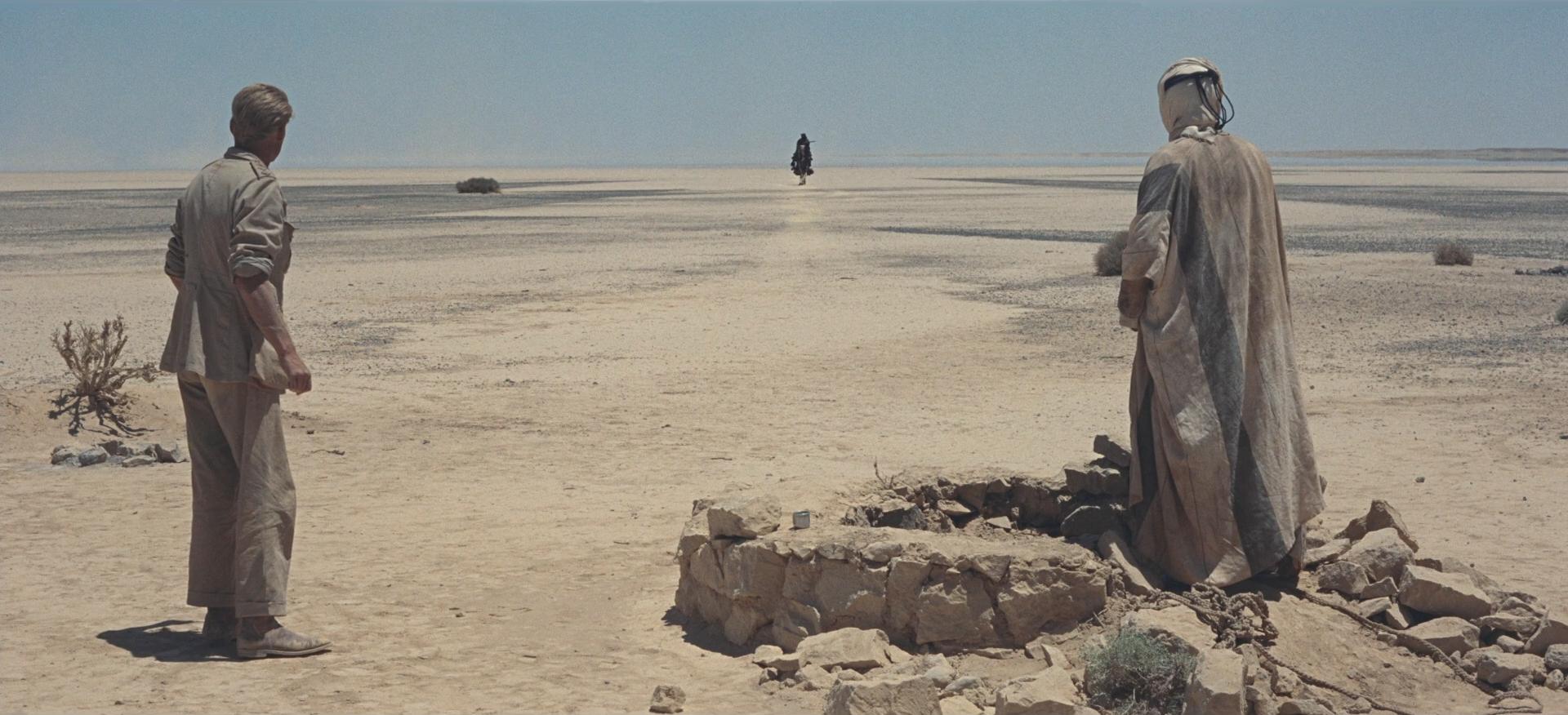The 4K restoration of Lawrence of Arabia is so crisp it almost looks like it was shot today
If you've always craved to see Peter O'Toole's face in eye-popping hi-res, now is your chance

Your support helps us to tell the story
From reproductive rights to climate change to Big Tech, The Independent is on the ground when the story is developing. Whether it's investigating the financials of Elon Musk's pro-Trump PAC or producing our latest documentary, 'The A Word', which shines a light on the American women fighting for reproductive rights, we know how important it is to parse out the facts from the messaging.
At such a critical moment in US history, we need reporters on the ground. Your donation allows us to keep sending journalists to speak to both sides of the story.
The Independent is trusted by Americans across the entire political spectrum. And unlike many other quality news outlets, we choose not to lock Americans out of our reporting and analysis with paywalls. We believe quality journalism should be available to everyone, paid for by those who can afford it.
Your support makes all the difference.One of the key advantages of shooting on film (and why it needs to be kept alive) is that it isn’t restricted by pixels.
Star Wars: Attack of the Clones for instance, though shot on what was at the time a state of the art digital camera, will only ever be maximum 1080p resolution.
But with older films shot on film - a physical medium - they can always be rescanned and improved resolution-wise in line with the technology of the day.
Lawrence of Arabia for instance, was shot on 65mm which can yield somewhere in between 8 and 12k, and back in 2012 it got an 8k scan/4k release to mark its 50th anniversary.
The new level of detail this brought was so eye-popping that one long shot taken in the desert showed concentric lines consistent with a fingerprint.
According to Grover Crisp, executive VP of restoration at Sony Pictures, these were cracks in the film emulsion caused by the intense heat, with the film melting slightly then healing over. Fortunately these marks could be minimised or in some cases eliminated by a specialist third party company.
“We’ve never been able to see this kind of detail before - it’s always been kind of submerged,” Crisp said. “But now, with this 8K scan, it’s more obvious.”
Film, which has faced a shortage in recent years, is being championed by major directors including Quentin Tarantino and Christopher Nolan.
"If you want the choice, it's very important to support film now," Nolan previously said. "Filmmakers are going out of their way to shoot film and talk about it. We want to see a world where there's a choice; it’s important to preserve it for future generations."
Join our commenting forum
Join thought-provoking conversations, follow other Independent readers and see their replies
Comments